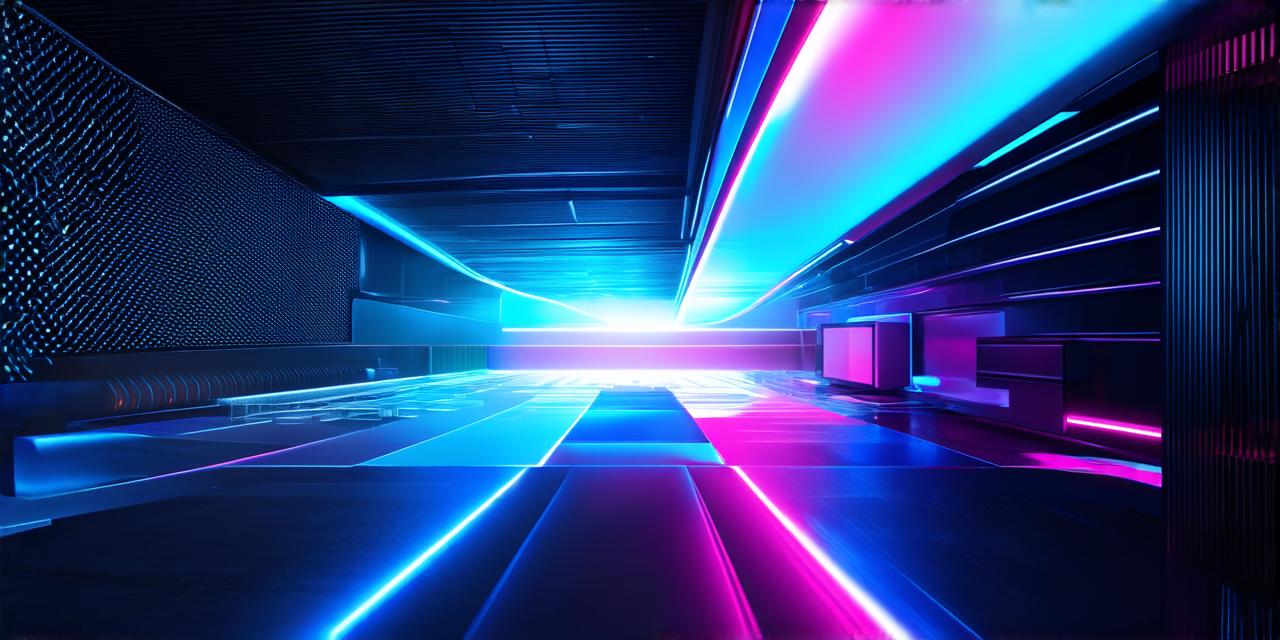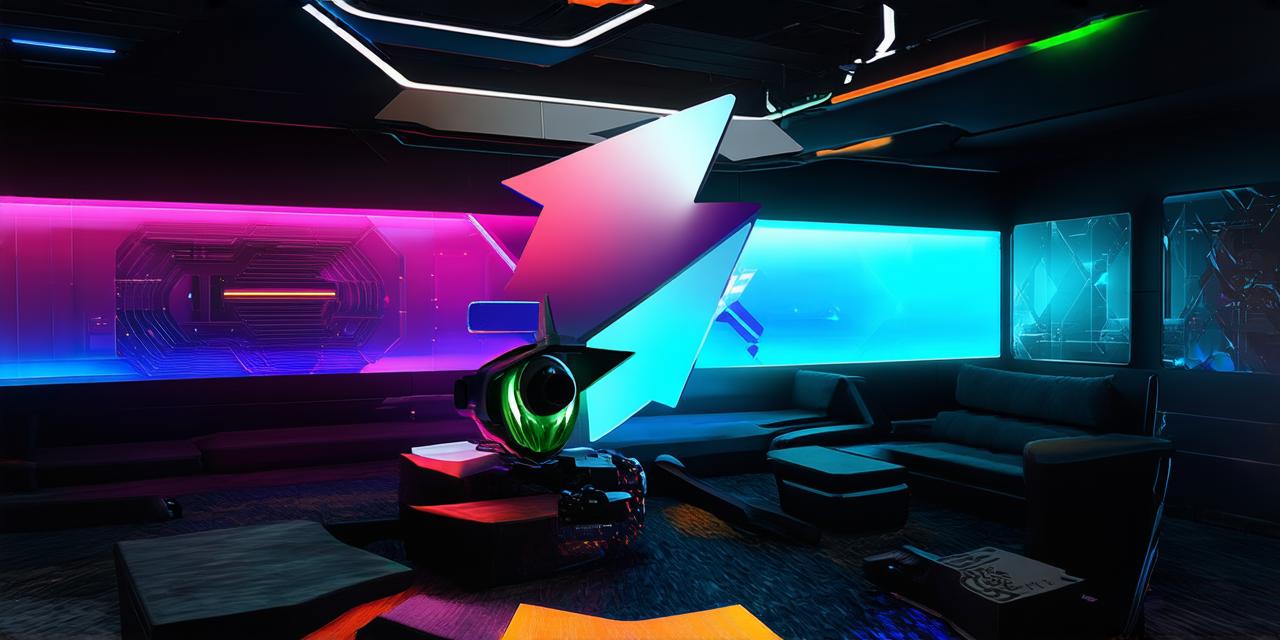
Exploring Mixed Reality: A Comprehensive Definition
- 0

What is Mixed Reality?
Mixed reality can be defined as a technology that combines virtual objects and real-world environments to create an interactive experience that seamlessly blends the two worlds. The goal of MR is to provide users with a sense of presence in a virtual environment while still being grounded in reality. This is achieved through the use of sensors, cameras, and other hardware that track the user’s movements and adjust the virtual content accordingly.
History of Mixed Reality
The concept of mixed reality dates back to the early days of computer-generated imagery (CGI) and virtual reality (VR). In the 1960s, researchers at the University of Utah developed a system called the Sword of Damocles, which was a head-mounted display that projected a virtual image in front of the user. This technology laid the foundation for modern VR and mixed reality systems.
In the 1990s, researchers at the University of Washington introduced a new type of VR system called the “Café World,” which allowed users to interact with virtual objects in a real-world environment. This system marked a significant step towards the development of mixed reality technology.
In recent years, advances in AR and VR hardware have made it possible to create more immersive and interactive experiences that blend the two worlds. Today, there are numerous applications of MR technology, including gaming, education, healthcare, and architecture.
Current State of Mixed Reality
The current state of mixed reality is characterized by rapid advancements in hardware and software technologies. Companies like Microsoft, Apple, and Google have all invested heavily in the development of AR and VR platforms, which have paved the way for the creation of MR applications.
One of the most significant developments in MR technology is the introduction of haptic feedback systems, which allow users to feel physical sensations in a virtual environment. This technology has been used in gaming applications, such as the Oculus Quest 2, which allows players to feel the sensation of being punched or kicked in a virtual fight.
Another area where MR technology is making a significant impact is in education. MR systems have been used to create interactive learning experiences that allow students to explore complex concepts in a more engaging and immersive way. For example, medical students can use MR technology to simulate surgical procedures, while history students can explore ancient civilizations in a virtual environment.
In healthcare, MR technology has been used to develop new treatments for mental health disorders, such as PTSD and anxiety. By creating realistic simulations of stressful situations, MR therapy can help patients learn coping strategies and overcome their fears in a safe and controlled environment.
Finally, in architecture, MR technology has been used to create virtual walkthroughs of buildings and other structures, allowing architects and builders to visualize and test designs before they are built. This has led to more efficient and cost-effective construction processes.
FAQs
What is the difference between augmented reality and mixed reality?
Augmented reality (AR) is a technology that overlays digital information onto the real world, while mixed reality (MR) combines virtual and real-world elements to create an interactive experience. AR systems typically use a camera or smartphone to track the user’s position in the real world and overlay digital content onto the camera feed, while MR systems use sensors and cameras to track the user’s movements and adjust the virtual content accordingly.
What are some common applications of mixed reality technology?
Mixed reality technology has a wide range of applications across various industries, including gaming, education, healthcare, and architecture. In gaming, MR technology is used to create more immersive and interactive experiences, while in education, it is used to create engaging learning experiences that allow students to explore complex concepts in a more immersive way.
What are some of the challenges associated with developing mixed reality technology?
One of the main challenges associated with developing MR technology is the need for high-performance hardware that can track the user’s movements and adjust the virtual content in real-time. Another challenge is the need to create realistic and engaging virtual environments that feel like a natural part of the real world. Additionally, there are ethical considerations around the use of MR technology, particularly in areas such as healthcare and education, where privacy and security are paramount.
Summary
Mixed reality technology has come a long way since its early days and is poised to transform the way we interact with digital content across various industries. With ongoing advancements in hardware and software technologies, MR systems are becoming more immersive and interactive, offering new possibilities for gaming, education, healthcare, and architecture. While there are still challenges associated with developing and implementing MR technology, its potential benefits make it a compelling area of investment and research.

